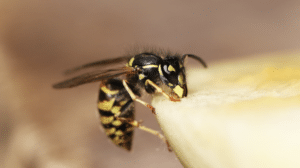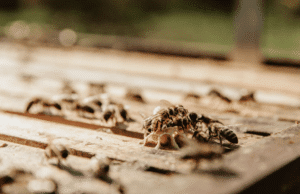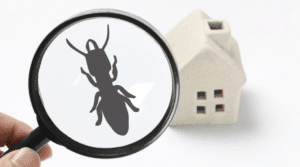Places Wasps Go in Winter (And How to Get Rid of Them)
June 29, 2022
Wasps
If you’re like most people, the answer to these questions is a mystery to you: Do wasps hibernate? Where do they go in winter? What do they do when it’s cold outside?
In this blog post, we will answer all of these questions and more! We will also provide tips on how to get rid of wasps during the winter months. Knowledge is power in pest control, so read on and learn all you can.
One place wasps may go in the winter is inside your home. They can enter through cracks and crevices around doors and windows. Once inside, they will build their nests in dark, secluded areas. If you have wasps in your home, you will likely see them flying around near windows or doors.
When winter comes, most wasps will die off. However, a few species of wasps can survive the cold weather. These wasps will find a place to hibernate until spring arrives. Some of the places where wasps go in winter include:
- Underneath porches
- In cracks and crevices in buildings
- In trees and shrubs
- Garages and sheds
- In attics and crawl spaces
- In wall voids
If you find wasps in any of these places, you can get rid of them using a vacuum cleaner with a hose attachment. Vacuum up the wasps and dispose of them outside. You can also use an insecticide. If you find a wasp nest on your property, getting rid of it as soon as possible is essential. Otherwise, the wasps will continue to reproduce, and you will have an even bigger problem on your hands.
Rid All Termite & Pest Solutions provides a variety of effective insecticides that can be used to get rid of wasps. Contact us today for more information. Established in 1997, family-owned and -operated Rid All Termite & Pest Solutions has served numerous customers throughout the mid-south area of Olive Branch, Mississippi. We lead the mid-south pest control industry through community education, affordability, and top-notch customer service.
Visit our website for more information or call (901) 377-9915 to schedule an appointment today.


